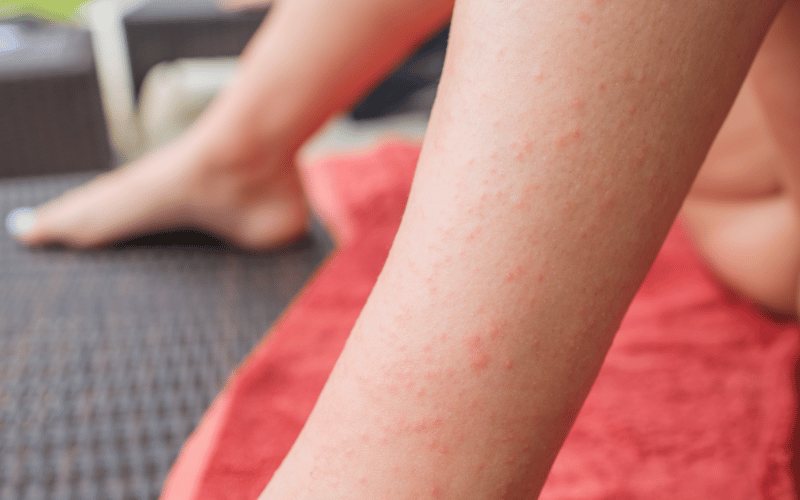5. Skin Rashes: The External Signals of an Internal Battle

The skin, our body’s largest organ, often becomes the canvas where internal issues get displayed. Dermatitis herpetiformis (DH), a blistering skin rash, is one such manifestation linked directly to celiac disease. It’s not just a minor irritation but a screaming sign of an underlying problem.
DH typically starts as an intense itching sensation, even before any visible rash appears. When the rash does show, it’s often characterized by small blisters or bumps, usually on the elbows, knees, back, or buttocks. The urge to scratch is nearly irresistible, but doing so only intensifies the discomfort.
This skin condition isn’t just a random occurrence. DH is the result of the body’s immune reaction to gluten. When those with celiac consume gluten, the immune system forms antibodies. These antibodies, instead of attacking the gut as in classic celiac cases, target the skin, leading to DH.
But why does this happen? The science isn’t entirely clear, but there’s a belief that certain proteins in the skin resemble the ones in gluten. The immune system, in its bid to attack gluten, mistakenly targets these skin proteins, leading to DH.
DH is not just a skin-deep issue. It is a reflection of the body’s internal environment, signaling that something is amiss. The presence of this rash, especially in tandem with other celiac symptoms, is a beacon, highlighting the need for a closer look at one’s health. (5)